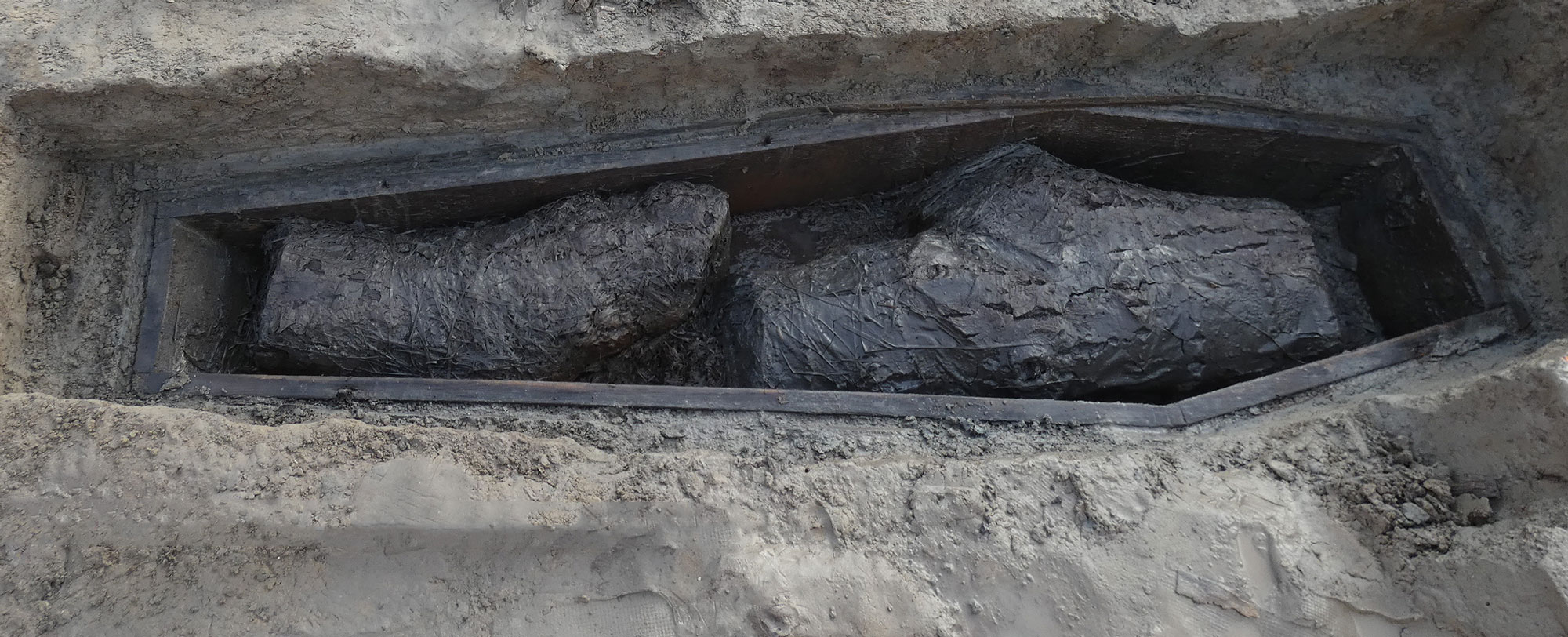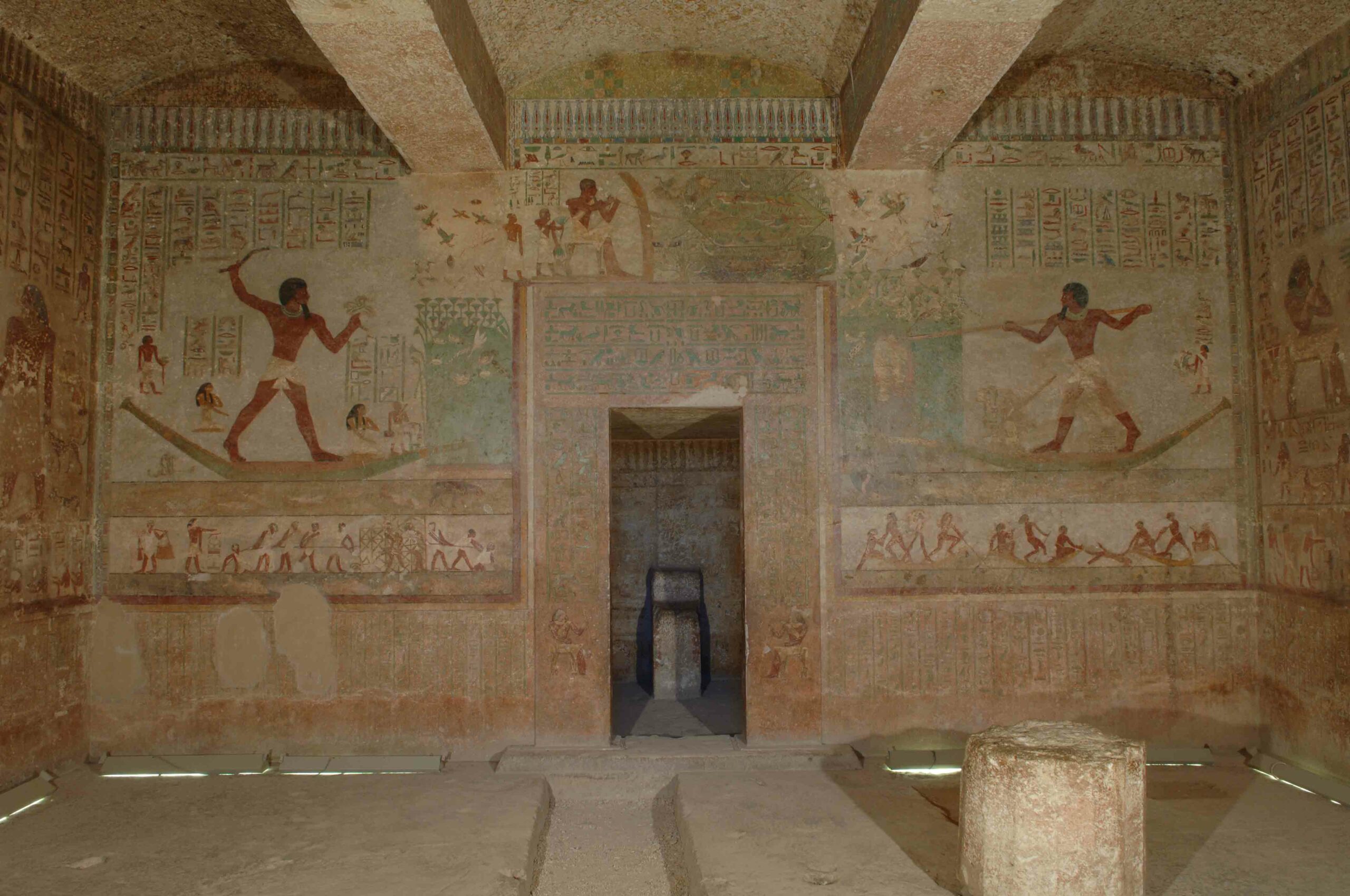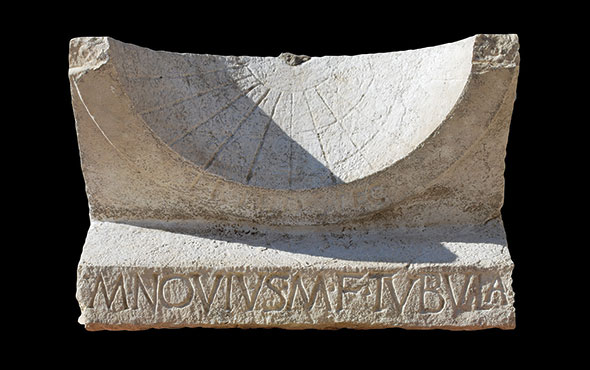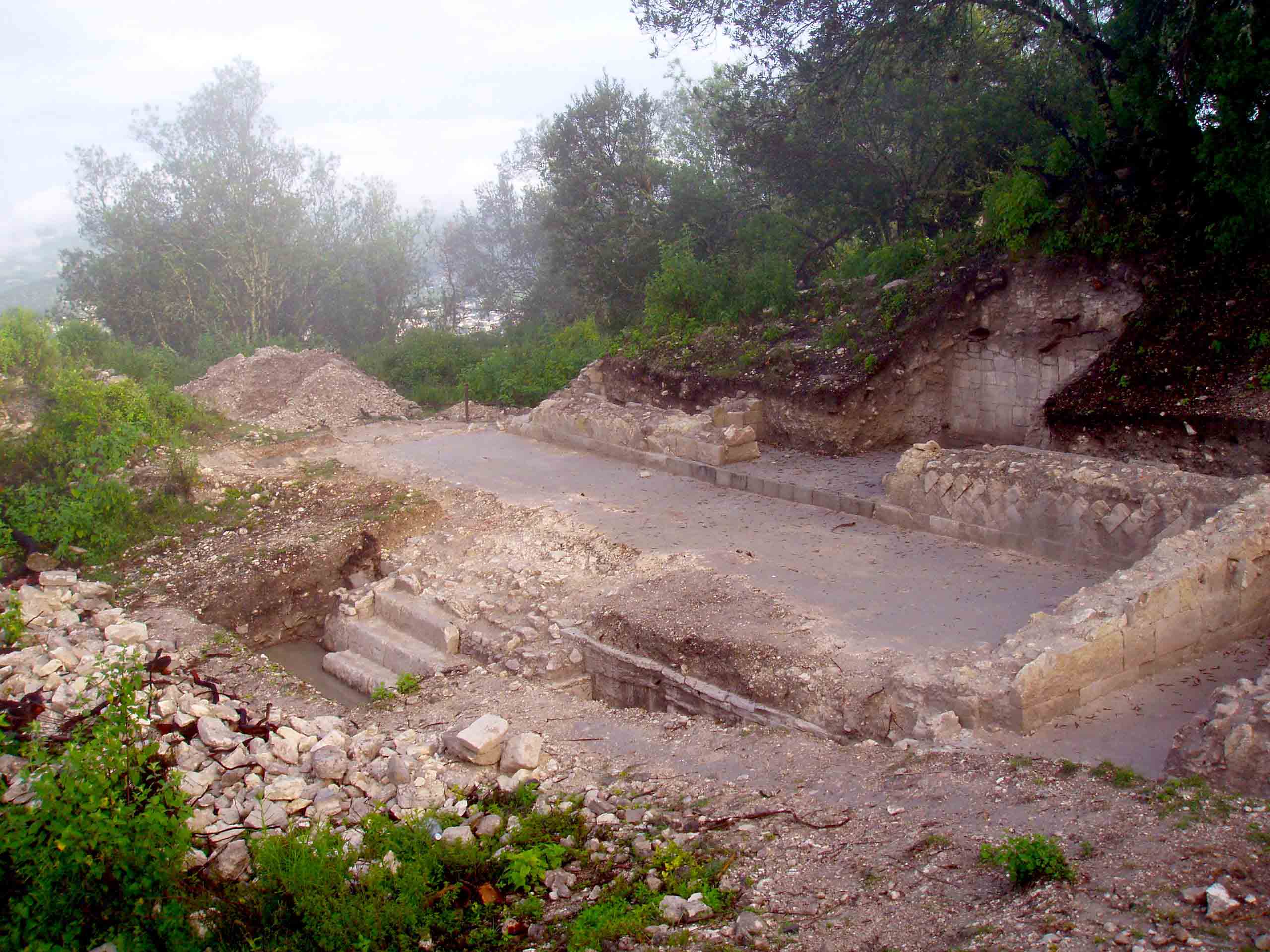
ALBERTA, CANADA—CBC News reports that a wildfire that burned about 50 percent of the ground cover in Waterton Lakes National Park last year has revealed more than 250 Blackfoot camps and foot trails dating back some 7,000 years. “We’re finding so much that we’re starting to rewrite what we thought we knew about Waterton history and indigenous camp history,” said archaeologist Bill Perry of Parks Canada. Flakes from the production of stone tools, arrowheads, projectile points, and bison remains have been found, in addition to artifacts dating to the time of European contact, such as glass trading beads. A Depression-era work camp has also come to light in the park. Rock foundations, cans for tobacco and evaporated and condensed milk, a metal sewing needle case, a Boy Scout pin, and a cold cream jar are among the artifacts recovered at the site. For more on forest fires, go to “Letter From California: The Ancient Ecology of Fire.”










